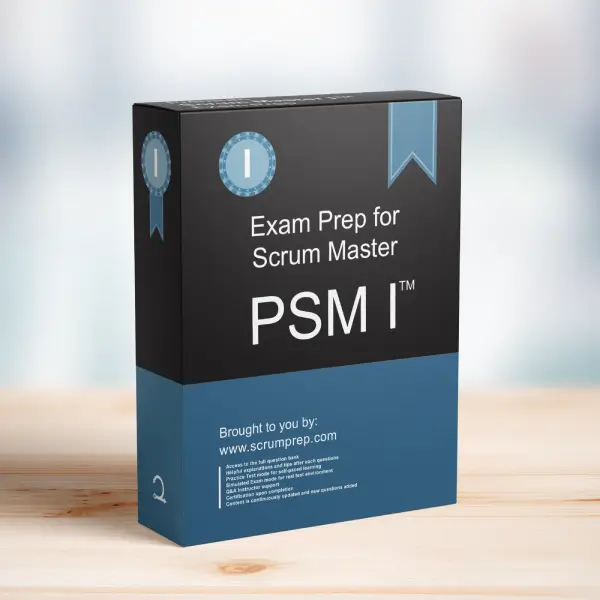Understanding When a Sprint Concludes in Scrum
The conclusion of a Sprint is a significant moment in the Scrum framework, marking the end of a time-boxed period of work and the beginning of a new cycle. Here’s an analysis of an exam question related to when a Sprint concludes:
Exam Question
When does a Sprint conclude? (choose the best answer)
- A. When all Product Backlog items meet their Definition of Done.
- B. When the Sprint Retrospective is complete.
- C. When the Product Owner decides enough has been delivered to meet the Sprint Goal.
- D. When all the tasks are completed by the Developers.
Correct Answer
B. When the Sprint Retrospective is complete.
Explanation
Why B is Correct
A Sprint concludes when the Sprint Retrospective is complete. The Sprint Retrospective is the final event in a Sprint, held after the Sprint Review. This event provides the Scrum Team an opportunity to inspect itself and create a plan for improvements to be enacted during the next Sprint. The completion of the Sprint Retrospective officially marks the end of the Sprint.
Key Points about Sprint Conclusion:
- Time-Boxed Nature: Sprints are time-boxed to a fixed length, typically one month or less. Regardless of the work completed, the Sprint ends at the predetermined time.
- Sprint Events: The Sprint includes several events: Sprint Planning, Daily Scrums, the Sprint Review, and the Sprint Retrospective. The Sprint Retrospective is the last event, concluding the Sprint.
- Continuous Improvement: The Sprint Retrospective focuses on process improvement, helping the team to enhance their workflows and productivity in subsequent Sprints.
Examining the Other Options
A. When all Product Backlog items meet their Definition of Done: While meeting the Definition of Done is crucial for delivering potentially shippable increments, it is not a condition for concluding the Sprint. The Sprint ends at the predetermined time-box regardless of the completion status of the backlog items.
C. When the Product Owner decides enough has been delivered to meet the Sprint Goal: The Product Owner plays a crucial role in defining and prioritizing the Sprint Goal, but the conclusion of the Sprint is not determined by the Product Owner’s decision on goal achievement. The Sprint ends as scheduled, with the Sprint Retrospective marking its conclusion.
D. When all the tasks are completed by the Developers: The completion of all tasks is not a requirement for concluding the Sprint. Sprints are designed to be time-boxed, and the Sprint ends based on the time-box rather than task completion.
Roles and Responsibilities in Scrum
- Scrum Master: Facilitates Scrum events, including the Sprint Retrospective, and helps the team adhere to Scrum practices.
- Product Owner: Defines the Sprint Goal and prioritizes Product Backlog items but does not determine the conclusion of the Sprint.
- Developers: Work on tasks to achieve the Sprint Goal and participate in the Sprint Retrospective to identify improvements.
Relevance to the PSM I Exam
Understanding when a Sprint concludes is crucial for the PSM I exam. This knowledge helps candidates recognize the importance of the time-boxed nature of Sprints and the role of the Sprint Retrospective in marking the end of a Sprint. Mastery of these concepts is essential for effectively implementing Scrum practices and achieving certification.
Conclusion
A Sprint concludes when the Sprint Retrospective is complete. This event signifies the end of the time-boxed period and provides the team with an opportunity to reflect and improve their processes. Understanding this aspect of the Scrum framework is crucial for success in the PSM I exam.
For comprehensive preparation and practice exams, check out PSM I Exam Prep to enhance your understanding and application of Scrum principles.



